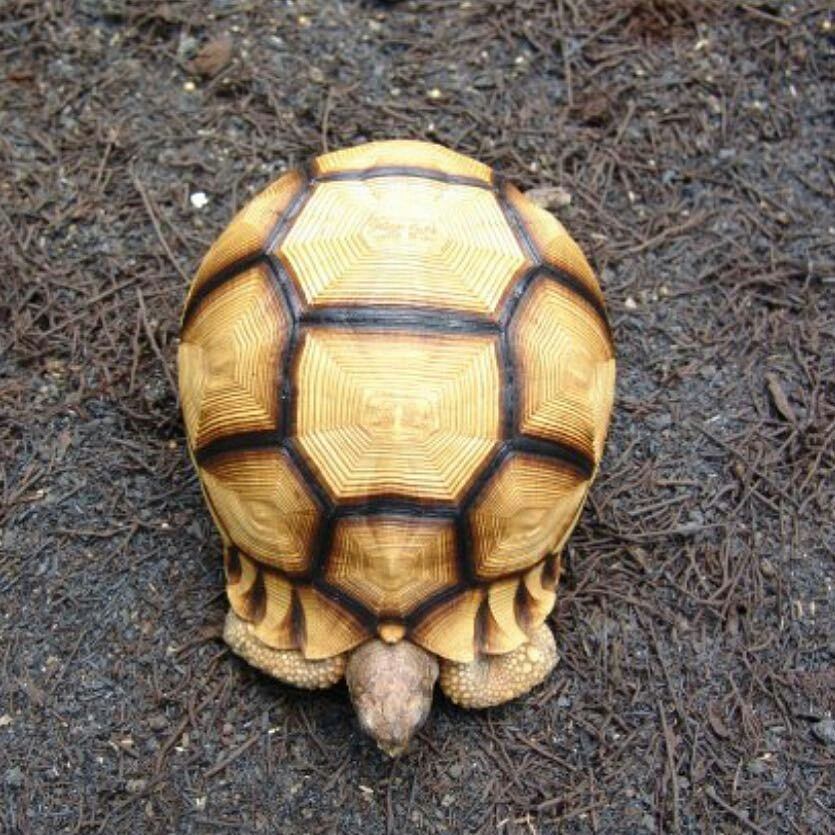The Ivory Tortoise: A Unique Pet and Conservation Concerns
The appeal of unique pets often mesmerizes animal enthusiasts worldwide, and one types that has actually surged in popularity is the ivory tortoise. Known for its striking look and gentle temperament, this special reptile has actually become a sought-after companion for lovers. Nevertheless, the rising interest in ivory tortoises likewise raises significant ethical and conservation-related concerns. In this short article, we will explore the qualities of the ivory tortoise, its suitability as a pet, and the preservation concerns surrounding its sale.
Understanding the Ivory Tortoise
What is the Ivory Tortoise?
The ivory tortoise, scientifically called Manouria emys, is belonging to the tropical forests of Southeast Asia. Its distinct shell features a stunning, light-colored carapace that looks like ivory, providing the tortoise its name. This types is known for its robust size, with grownups generally reaching 12 to 14 inches in length. Besides their distinctive appearance, ivory tortoises are likewise understood for their docile nature, making them an appealing choice for animal owners.
Environment and Behavior
In the wild, ivory tortoises are primarily forest occupants. They grow in damp environments and need ample area to roam, dig, and forage. Unlike some other tortoise species, ivory tortoises are semi-terrestrial, frequently looking for shelter in burrows or under leaf litter.
These tortoises are herbivorous and mainly eat leaves, fruits, and flowers. A healthy diet is important for their health and longevity in captivity. Understanding albino sulcata tortoise for sale is vital for prospective owners, as it can assist reproduce their natural habitat within a domestic setting.
Considering an Ivory Tortoise as a Pet
Benefits of Owning an Ivory Tortoise
- Durability: Ivory tortoises can live for several decades, making them long-lasting buddies.
- Low maintenance: Compared to some exotic animals, tortoises have fewer demanding care requirements, though they still need proper real estate and diet plan.
- Calm disposition: Their gentle nature makes ivory tortoises suitable for households and individuals alike.
Downsides and Considerations
- Area requirements: They require a large enclosure with outdoor access to keep their health and wellness.
- Legal issues: The prohibited trade of tortoises can result in substantial legal issues. Ensuring that a tortoise is bought from a trustworthy source is essential.
- Preservation status: Many populations of ivory tortoises are threatened due to environment loss and unlawful trade, raising ethical concerns for possible owners.
Setting Up an Enclosure
Producing an appropriate environment for an ivory tortoise is important for its health. Here are some guidelines:
- Size: A big outside enclosure or a roomy indoor habitat (a minimum of 4x6 feet) will supply ample space.
- Bed linen: Use substrates like coconut coir or topsoil to imitate natural habitats.
- Temperature: Maintain a temperature level gradient, with a basking location reaching 85-90 ° F and a cooler location around 70 ° F.
- Humidity: Keep humidity levels around 60-70% to guarantee appropriate hydration.
Conservation Concerns
While ivory tortoises can be bought and sold as pets, significant attention needs to be paid to the conservation ramifications of these deals. The demand for ivory tortoises has caused a rise in unlawful searching and trade, putting pressure on wild populations.
Regulations and Harms
- CITES: The Convention on International Trade in Endangered Species of Wild Fauna and Flora (CITES) secures numerous tortoise types. Buyers should make sure that their tortoise is sourced legally.
- Environment Loss: Deforestation in Southeast Asia exacerbates the danger to tortoise populations, as their natural environments are destroyed.
- Pet Trade Impact: Illegal trading contributes to the decrease in wild populations. As demand grows, so does the threat of over-exploitation.
Picking Responsible Ownership
Prospective tortoise owners are encouraged to make informed choices. Here are actions to think about:
- Research: Learn not practically how to take care of an ivory tortoise, but likewise about the species' nature and ecology.
- Legal Purchase: Only buy from certified breeders who can provide documentation that the tortoise was bred in captivity.
- Assistance Conservation: Consider supporting companies that focus on the preservation of tortoise types and their habitats.
FAQs About Ivory Tortoises
1. Are ivory tortoises excellent pets for children?
Yes, ivory tortoises can be excellent pets for older children, provided they are supervised. Their mild personality lends them well to household environments.
2. How long do ivory tortoises live?
In captivity, ivory tortoises can live between 30 to 50 years, provided proper care and an appropriate environment.
3. What should I feed my ivory tortoise?
A diet plan rich in leafy greens, fruits, and veggies is ideal. Avoid high-protein foods and ensure access to cuttlebone for calcium.
4. Do ivory tortoises need UVB light?
Yes, UVB lighting is crucial for tortoises to synthesize vitamin D3, which is essential for healthy shell and bone development.
5. Can ivory tortoises be kept inside your home?
Yes, they can be kept indoors, but require considerable area and proper environment conditions to flourish.
Owning an ivory tortoise can be a fulfilling experience for the right owner. Nevertheless, it's vital to navigate the complexities of this exotic family pet thoroughly. Comprehending the types' needs, legal trade considerations, and potential conservation effects will better gear up prospective owners as they embark on this journey. As the demand for these distinct animals grows, responsible ownership and awareness are more essential than ever to secure the ivory tortoise and ensure its survival for generations to come.

